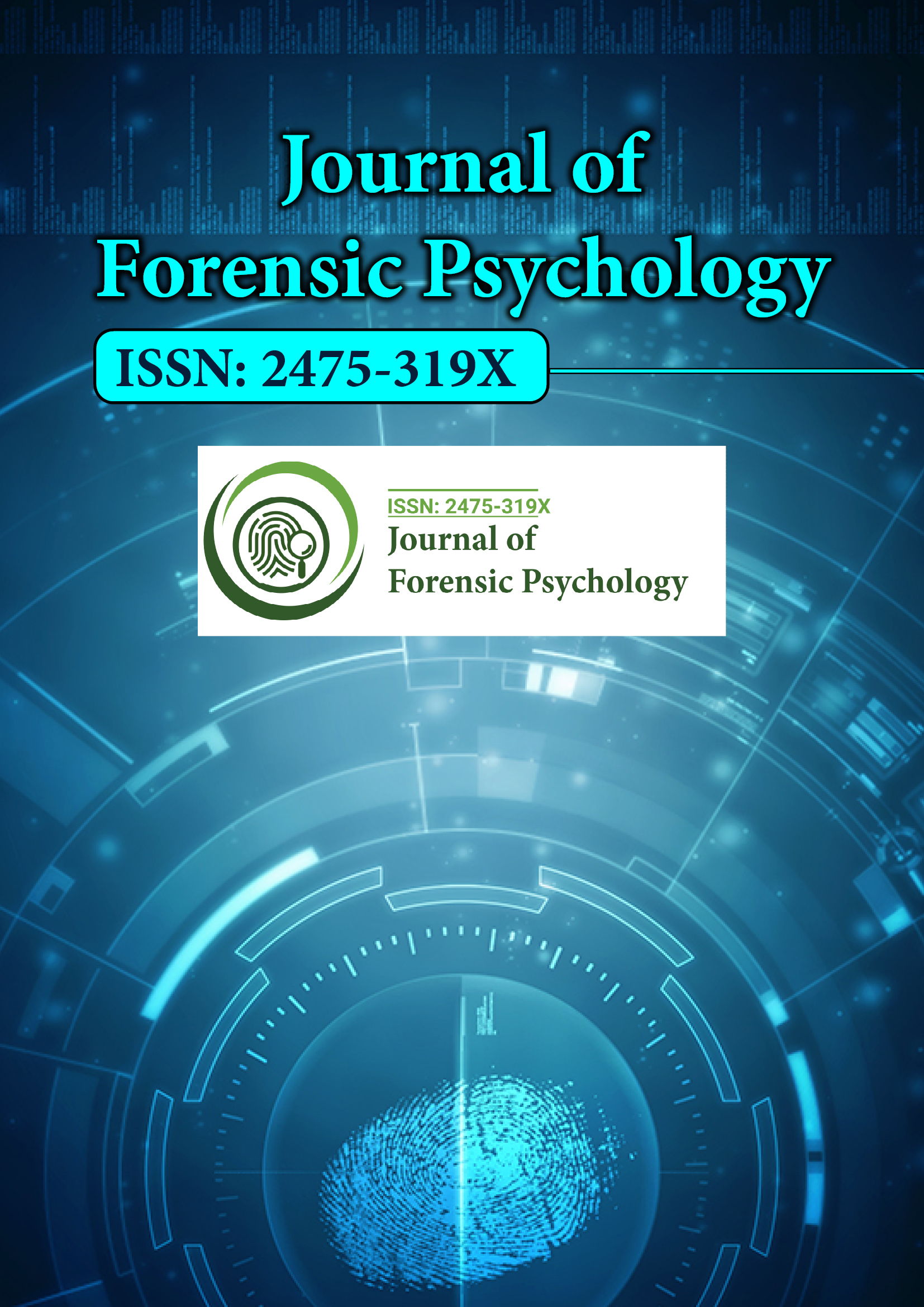Индексировано в
- RefSeek
- Университет Хамдарда
- ЭБСКО АЗ
- Паблоны
- Женевский фонд медицинского образования и исследований
- Евро Паб
- Google Scholar
Полезные ссылки
Поделиться этой страницей
Флаер журнала

Журналы открытого доступа
- Биоинформатика и системная биология
- Биохимия
- Ветеринарные науки
- Генетика и молекулярная биология
- Еда и питание
- Иммунология и микробиология
- Инжиниринг
- Клинические науки
- Материаловедение
- медицинские науки
- Науки об окружающей среде
- Неврология и психология
- Общая наука
- Сельское хозяйство и аквакультура
- Сестринское дело и здравоохранение
- Управление бизнесом
- Фармацевтические науки
- Химия
Абстрактный
Взгляды студентов и преподавателей на кибербуллинг
Умеш Б., Али Н.Н., Фарзана Р., Биндал П., Аминат Н.Н.
Цель и задача: Кибербуллинг — это современный вариант буллинга, который однозначно захватил мир с помощью технологий. Целью данного исследования является изучение контекста кибербуллинга с точки зрения студентов и преподавателей соответственно. А также связанных с этим вопросов, которые охватывают меры, принимаемые для сокращения кибербуллинга и его психосоциального аспекта.
Методология: Метод выборки, используемый для данного исследования, был случайным. Аналогичным образом были подготовлены формы опроса Google с уникальным набором вопросов для студентов и преподавателей. Студенты были случайным образом выбраны из университетов, а также преподаватели для проведения опроса. Кроме того, был проведен ряд статистических тестов для анализа ассоциации и проверки предложенных гипотез. Хи-квадрат тесты и отношение шансов были основным статистическим подходом, используемым для обоснования предложенных гипотез.
Результаты: В исследовании приняли участие в общей сложности 230 студентов. Для сравнения, 61% (140) участников столкнулись с формой кибербуллинга. Кроме того, исследование показало, что пол связан с вероятностью подвергнуться кибербуллингу. Распространение слухов в социальных сетях остается наиболее распространенной формой кибербуллинга, с пиком в 43,90% (101). Соответственно, исследование доказало, что мужчины с меньшей вероятностью подвергаются кибербуллингу, чем женщины. Кроме того, в исследовании приняли участие 72 учителя, которые приняли участие в исследовании с точки зрения учителей. 77% участников согласились, что студенты никогда не обращаются к учителям по вопросам, связанным с кибербуллингом. Результаты, указывающие на сомнительные планы поддержки кибербуллинга в кампусе, были связаны с ростом кибербуллинга в кампусе со слабыми средствами поддержки против кибербуллинга.